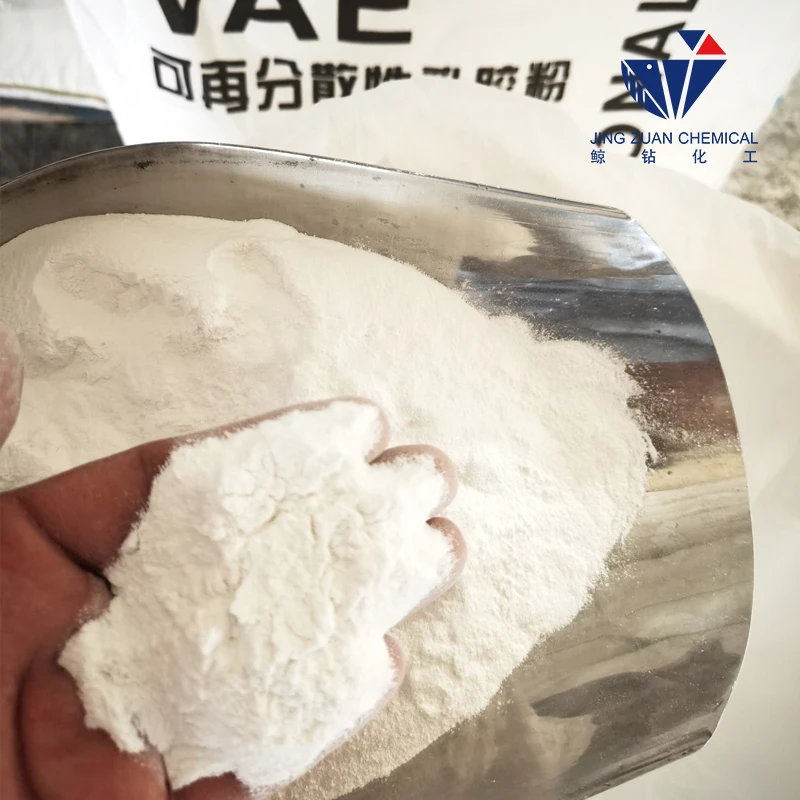
12月 . 11, 2024 09:56 Back to list
Exploring the Applications and Benefits of Hydroxyethyl Cellulose in Various Industries
Hydroxyethyl Cellulose (HEC) A Versatile Polymer in Modern Applications
Hydroxyethyl cellulose (HEC) is a non-ionic, water-soluble polymer derived from cellulose, a natural polymer found in the cell walls of plants. As a modified cellulose ether, HEC has gained considerable attention across various industries due to its unique properties, including thickening, binding, and film-forming capabilities. This article explores the characteristics, applications, and benefits of HEC, highlighting its significance in modern formulations.
Properties of Hydroxyethyl Cellulose
HEC is produced by treating alkali cellulose with ethylene oxide. The resulting product consists of a linear chain of glucose units with hydroxyethyl groups attached to the hydroxyl sites on the glucose units. This modification enhances the solubility of cellulose in water, making HEC a versatile compound for numerous formulations.
The key properties of HEC include
1. Thickening Agent HEC is widely recognized for its ability to increase the viscosity of aqueous solutions, making it an excellent thickening agent in various products. This is particularly valuable in formulations requiring smooth texture and consistency.
2. Film-Forming Ability HEC has the unique capacity to form flexible films, which can be advantageous in various applications, including coatings and adhesives.
3. Water Retention The polymer exhibits excellent water retention properties, which is vital in applications such as cosmetics and personal care products, where hydration is essential.
4. Biocompatibility As a plant-derived product, HEC is generally regarded as safe (GRAS) and is compatible with a range of skin types, making it a popular choice in cosmetic formulations.
Applications of Hydroxyethyl Cellulose
Given its versatile properties, HEC is utilized across several sectors, including
1. Cosmetics and Personal Care HEC is a crucial ingredient in lotions, creams, shampoos, and conditioners. Its thickening properties provide a desirable texture, while its water retention capability helps in moisturizing the skin and hair.
hec hydroxyethyl cellulose

2. Pharmaceuticals In the pharmaceutical industry, HEC is used as a binder in tablets and as an agent in controlled drug delivery systems. It contributes to the stability and efficacy of various formulations.
3. Building and Construction HEC is commonly added to cement and gypsum-based products to improve workability, adhesion, and water retention. Its use in adhesives allows for enhanced performance and durability.
4. Food Industry In food applications, HEC can function as a thickener or stabilizer in sauces, dressings, and various processed foods. It helps to maintain texture and prevent separation, thereby improving product quality.
5. Agriculture HEC is utilized in agricultural formulations, primarily in the production of pesticides and herbicides. Its ability to enhance the viscosity of solutions ensures better coverage and adhesion to plant surfaces.
Benefits of Using Hydroxyethyl Cellulose
The incorporation of HEC into various formulations provides numerous benefits
- Improved Texture and Stability HEC enhances the texture and stability of products, resulting in more appealing formulations.
- Versatility Its ability to function in diverse pH environments and formulations makes HEC suitable for a wide range of applications.
- Environmentally Friendly As a natural polymer, HEC is biodegradable, contributing to sustainability efforts in various industries.
- Cost-Effectiveness HEC offers an effective solution for enhancing product performance while being relatively cost-effective compared to other synthetic polymers.
Conclusion
Hydroxyethyl cellulose stands out as a valuable polymer with wide-ranging applications stemming from its unique properties. From cosmetics to pharmaceuticals, its versatility and effectiveness make it an essential ingredient in various formulations. As industries increasingly prioritize sustainability and safety, the demand for natural and biodegradable materials like HEC is likely to grow, ensuring its relevance in future innovations. As research continues, new applications for HEC are bound to emerge, cementing its status as a crucial component in diverse fields.
-
Unlocking the Benefits of HPMC Products: A Gateway to Versatile Applications
NewsAug.07,2025
-
Unleashing the Potential of HPMC Ashland: A Comprehensive Look
NewsAug.07,2025
-
Tile Bonding Cellulose: The Key to Superior Adhesion and Durability
NewsAug.07,2025
-
Hydroxypropyl Methylcellulose Powder: The Versatile Component in Modern Pharmaceuticals
NewsAug.07,2025
-
Hydroxyethyl Cellulose: The Versatile Solution for Various Industries
NewsAug.07,2025
-
Hydroxyethyl Cellulose (HEC): The Versatile Polymer for Various Applications
NewsAug.07,2025







